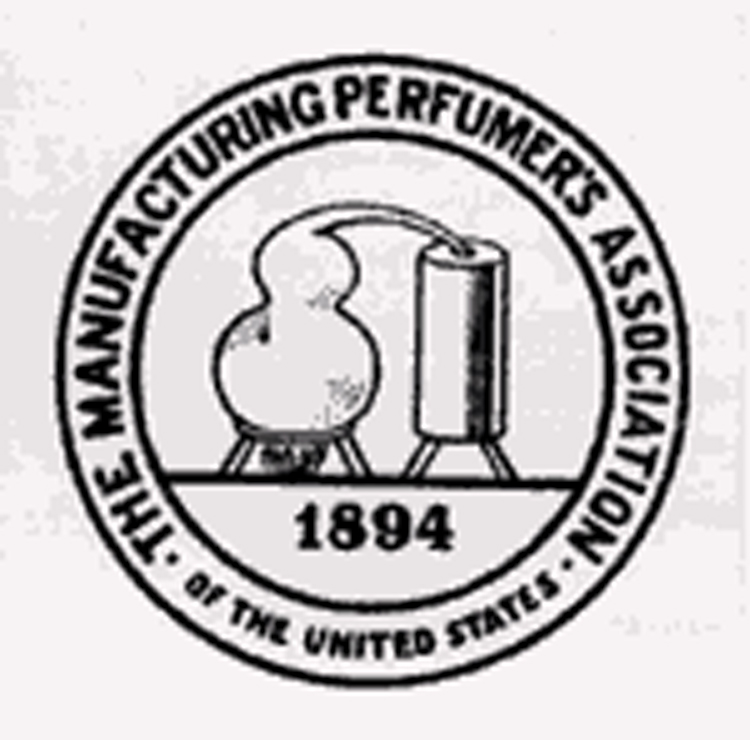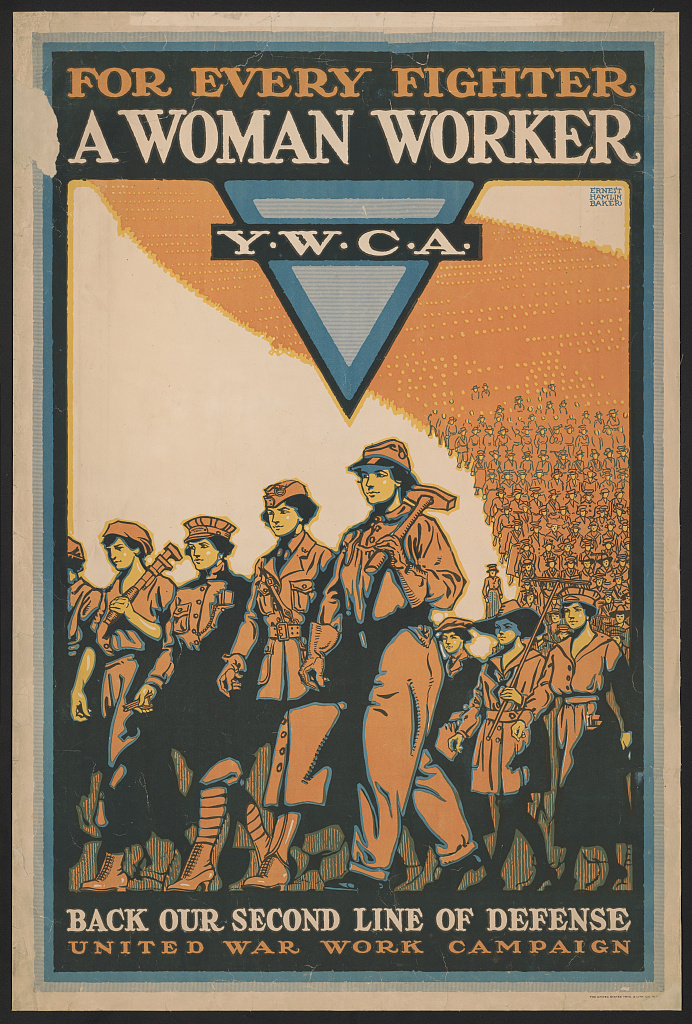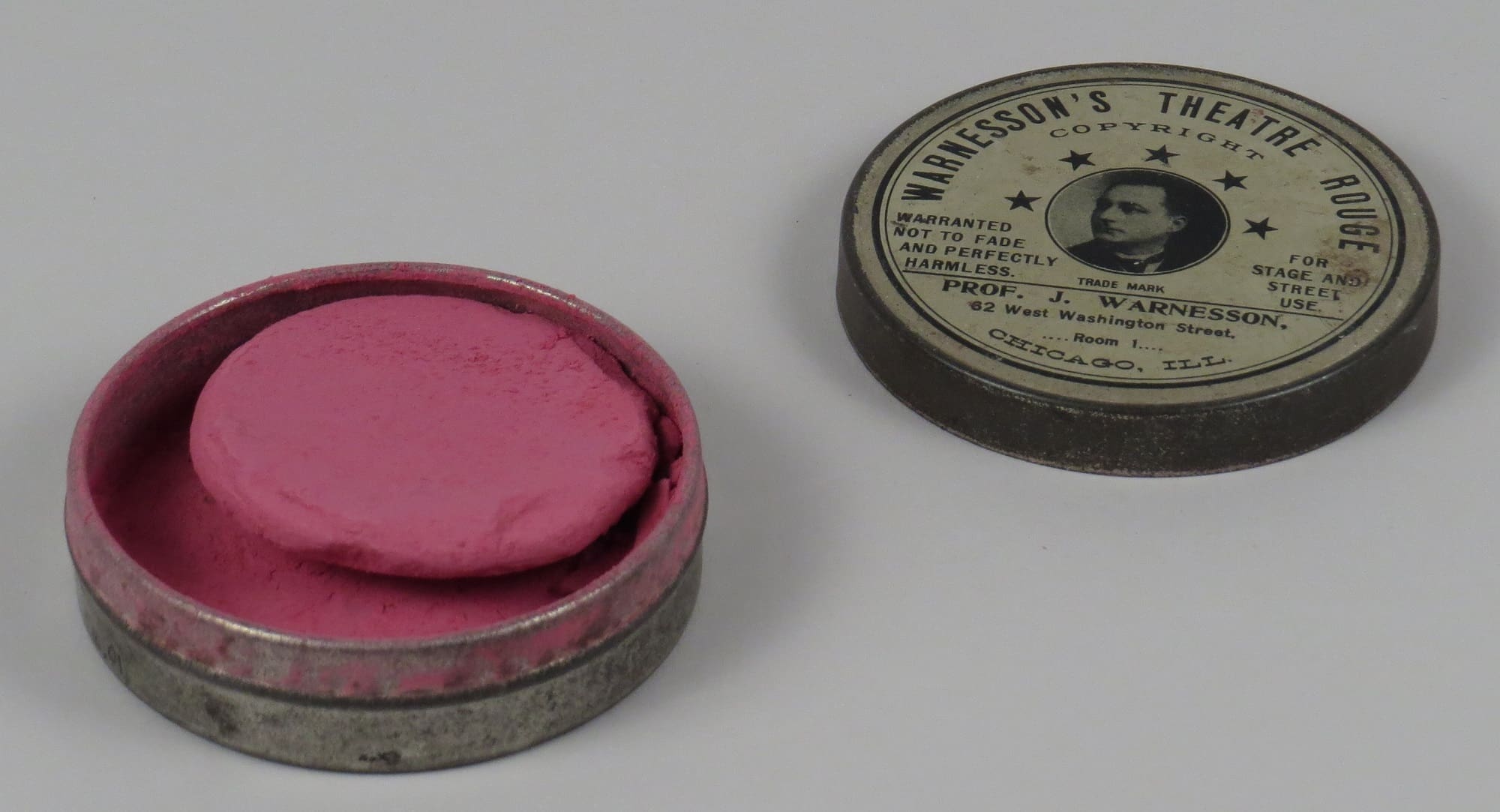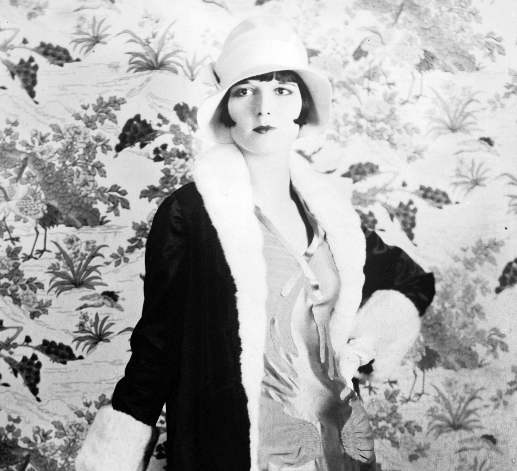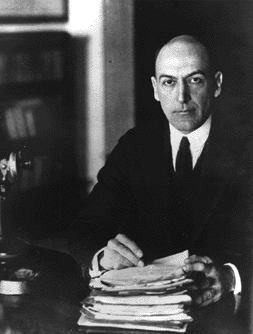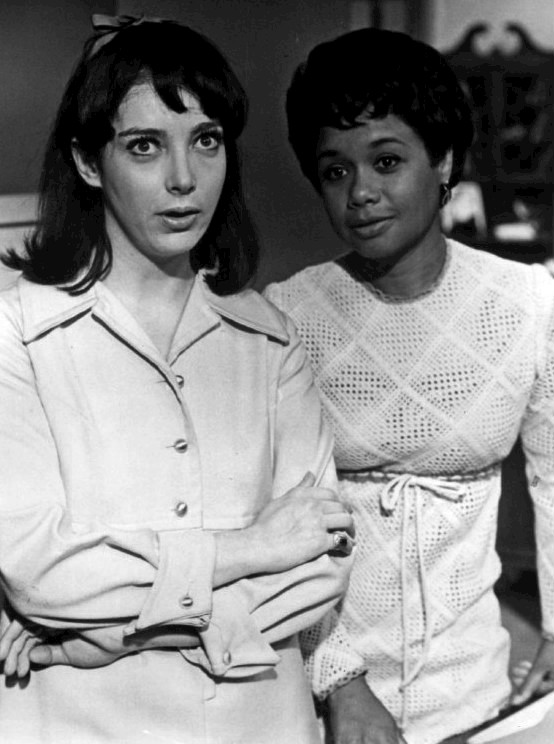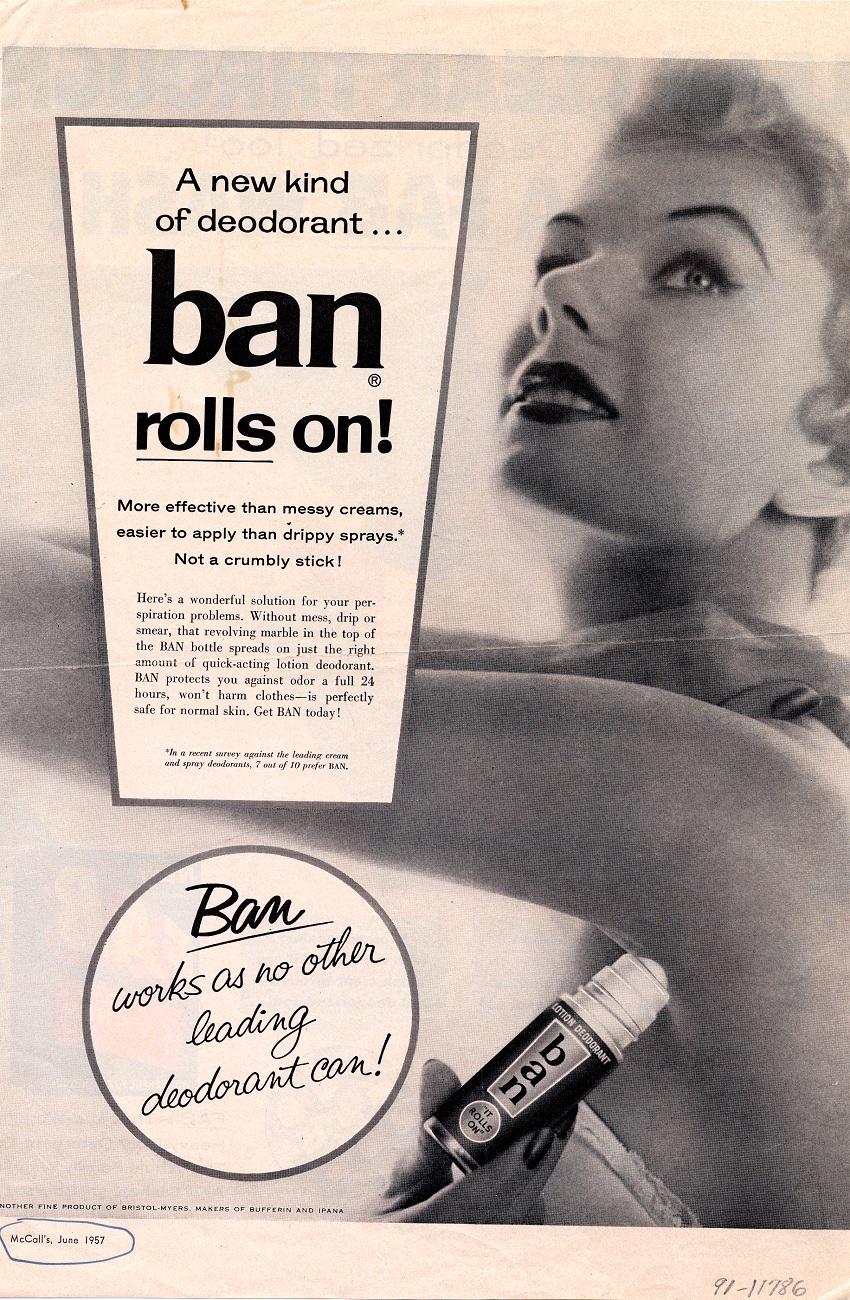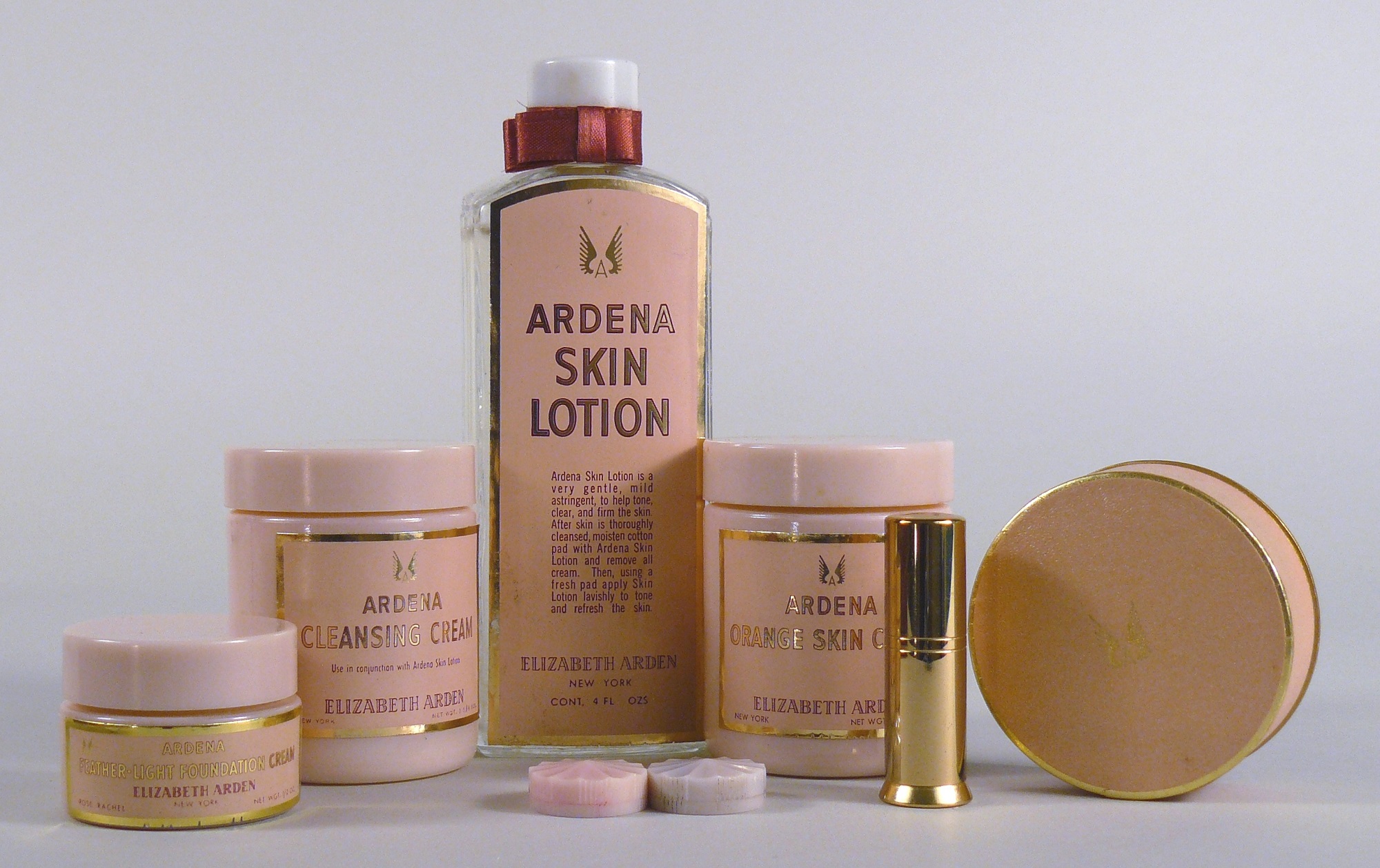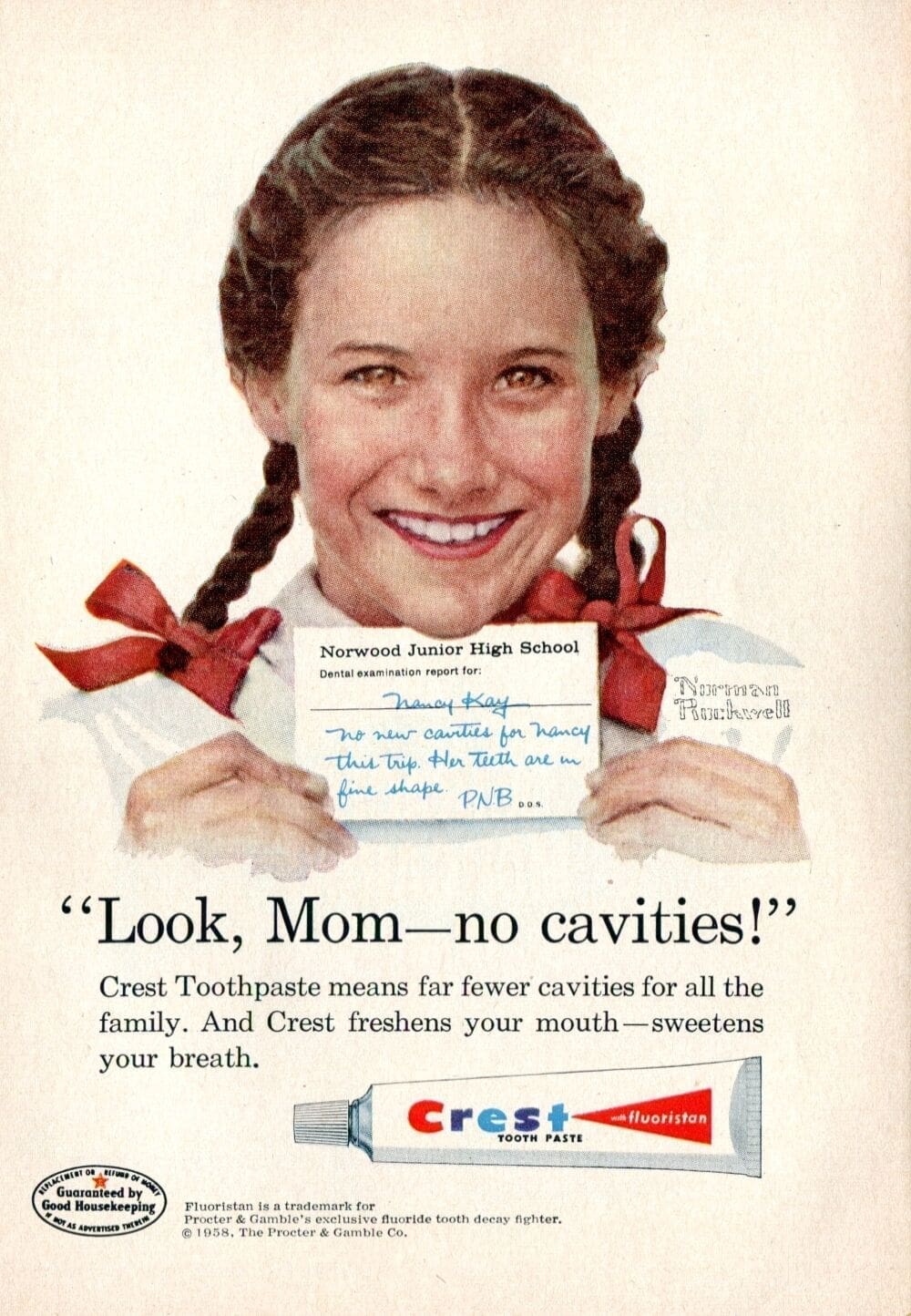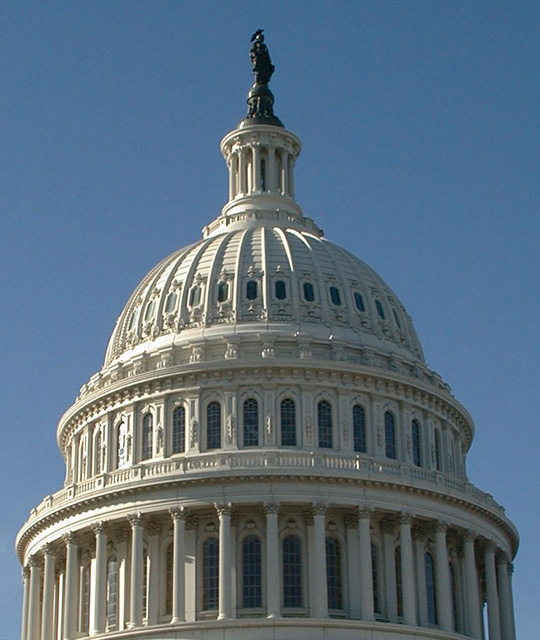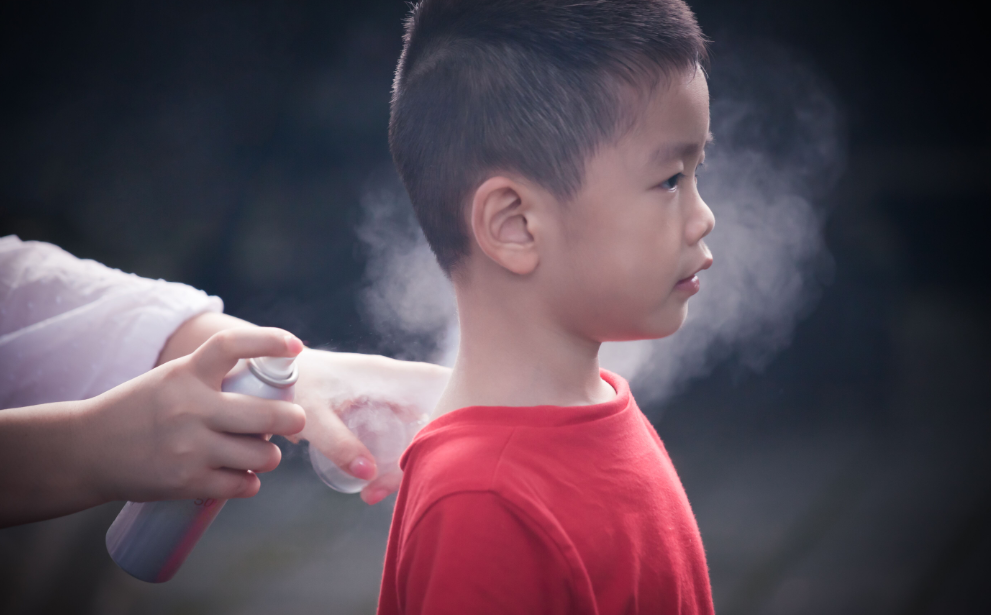PCPC Timeline
Close of the 19th Century
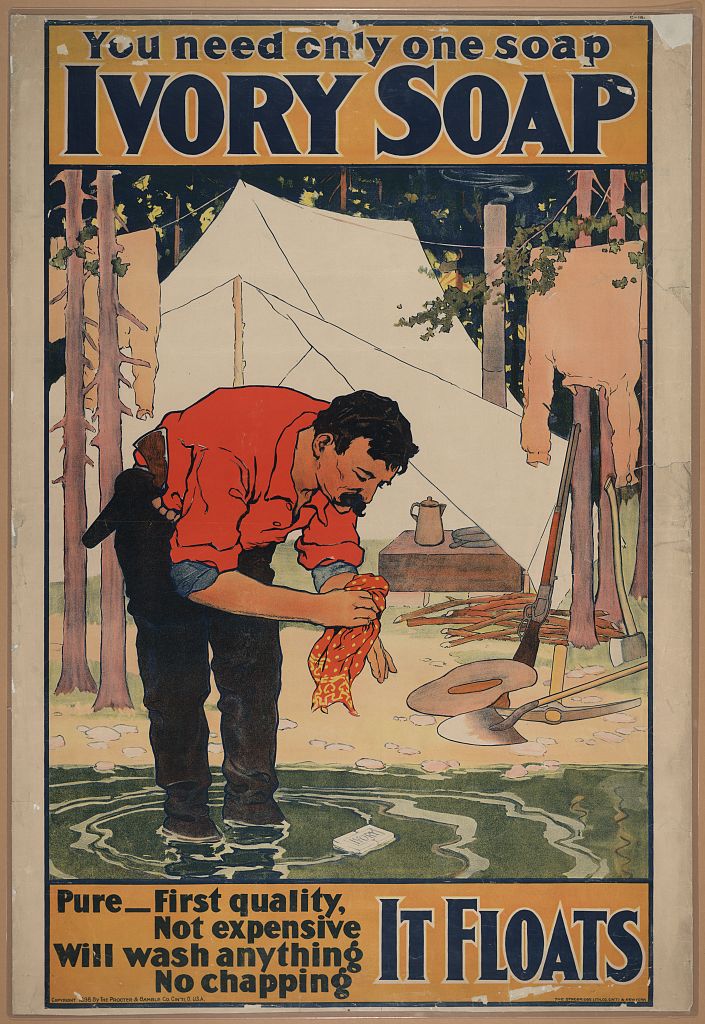
As the Victorian era’s conservative attitude towards cosmetics shifted at the close of the 19th century, the number of U.S. firms manufacturing perfumery and toilet goods increased by nearly 400 percent. The value of products sold increased from $2.2 million in 1880 to more than $7 million by 1900.
Credit: Strobridge & Co. Lith. You need only one soap–Ivory soap / the Strobridge Lith. Co., Cin’ti & New York. , ca. 1898. [Cincinnati ; New York: The Strobridge Lith. Co] Photograph. https://www.loc.gov/item/00650433/
Madam C.J. Walker

Madam C.J. Walker, the daughter of former slaves, was the first African-American woman to become a self-made millionaire. During the 1890s, as a result of a scalp disorder, Walker began to lose her hair. After trying to remedy her hair loss, she discovered entrepreneur Annie Turnbo Malone’s “Great Wonderful Hair Grower.” The product worked so well, Walker began selling it herself and perfected her own hair care treatment. Her business grew throughout the 1910s, with sales exceeding $500,000 and her total worth topping $1 million.
World War I Aftermath

A year after Elizabeth Arden moved to New York in 1909 and took a job in a salon, she opened her Fifth Avenue spa with what would become her trademark red door. A staunch advocate for equality, Arden joined 15,000 women in 1912 for a landmark suffrage demonstration, all donning her signature red lipstick as a sign of fortitude.
Credit: Library of Congress
World War I Aftermath
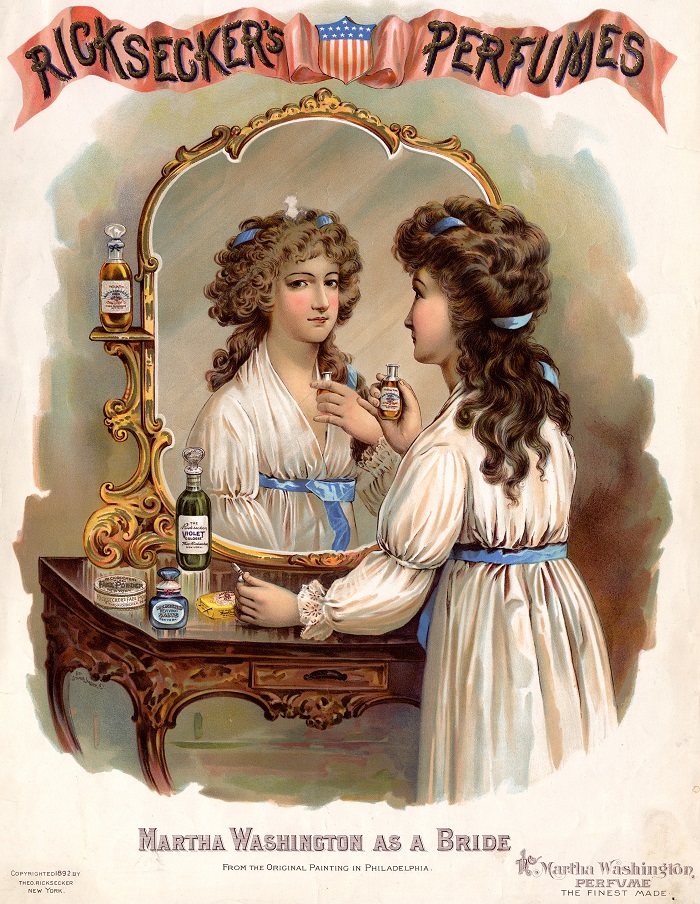
The onset of World War I provided an impetus for the industry’s growth. Nearly 5 million American soldiers were introduced for the first time to European perfume and other fine toilet articles, and a decrease in French exports provided an opportunity for the industry to capture this growing American market.
Credit: National Museum of American History
1919
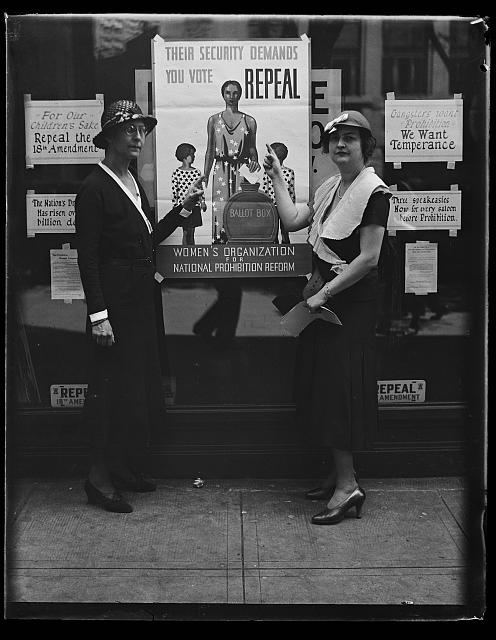
Congress passed the 18th Amendment to the U.S. Constitution, commonly known as Prohibition. As originally drafted, the amendment might have outlawed perfumes and toilet goods because of their alcohol content. The trade association mobilized its forces and persuaded Congress to clarify the language to exempt products unfit for use as beverages.
Credit: Library of Congress
1929
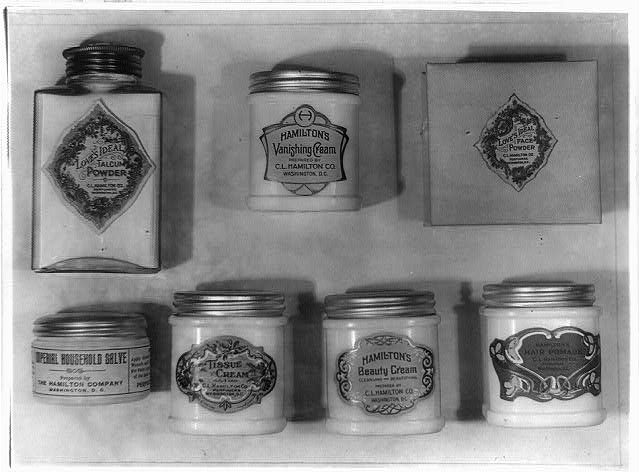
A pound of face powder was sold annually for every woman in the U.S. and there were more than 1,500 face creams on the market. Simultaneously, the concept of color harmony in makeup was introduced and major cosmetics companies began producing integrated lines of lipsticks, nail lacquers, and foundations.
Credit: Library of Congress
1930
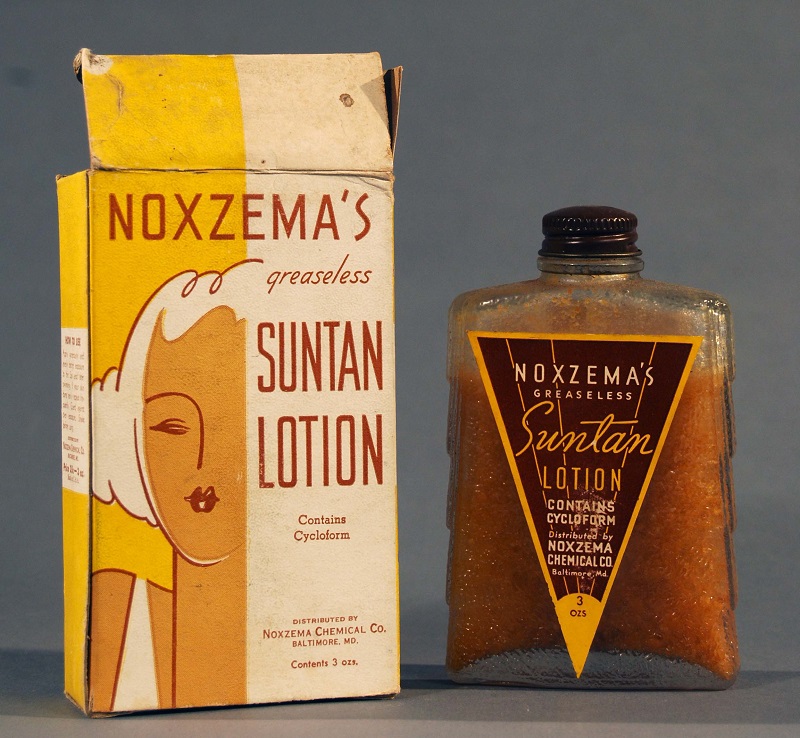
Due to the influence of movie stars, the Hollywood “tan” look emerges and adds to the desire for tanned skin, first made popular by fashion designer Coco Chanel, who accidentally got sunburned visiting the French Riviera in 1923. When she arrived home, her fans apparently liked the look and started to adopt darker skin tones themselves.
Credit: National Museum of American History
1932
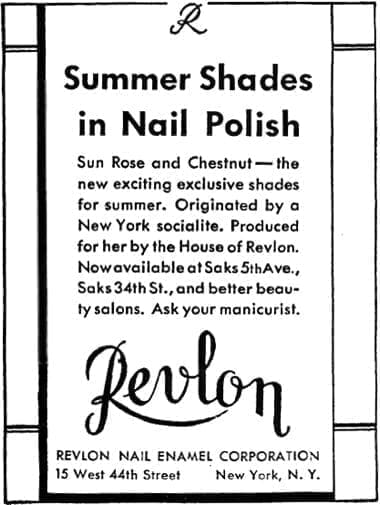
In the midst of the Great Depression, brothers Charles and Joseph Revson, along with chemist Charles Lachman, founded Revlon after discovering a unique manufacturing process for nail enamel using pigments instead of dyes. This innovation was ultimately responsible for Revlon’s success. It became a multimillion-dollar corporation in just six years. Revlon also borrowed the concept of “planned obsolescence” from General Motors Corp. to introduce seasonal color changes. Until World War II, women tended to use an entire lipstick or bottle of nail polish before purchasing a new one.
Credit: Revlon
1938
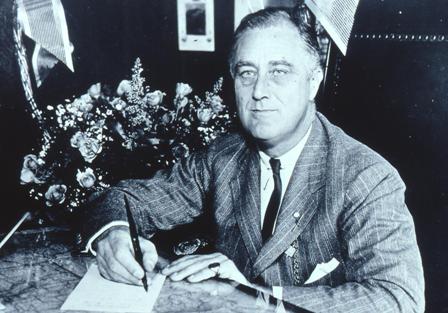
Cosmetics were excluded from the Pure Food & Drug Act of 1906 because they were not considered a serious public health concern. Because of an incident linked to use of an eyeliner product Congress passed the Federal Food, Drug and Cosmetic (FD&C) Act, which expanded FDA’s authority to regulate cosmetics.
Credit: FDA
1939
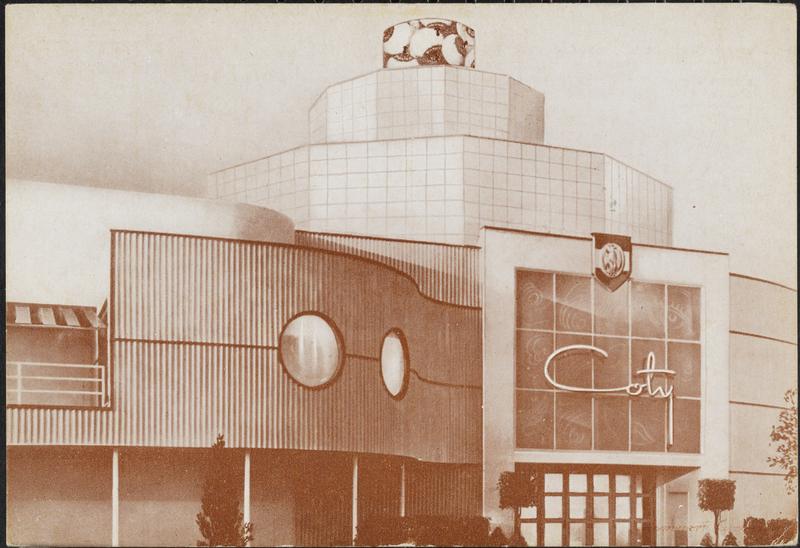
The New York World’s Fair provided an opportunity for the industry to present a modern vision of the industry. Seventeen companies – including Revlon, Chanel, and Coty – leased exhibit space in the Cosmetics Pavilion, where they demonstrated how their products contributed to “to American loveliness by enhancing the natural beauty of Women” and showcased the scientific rigor of the industry.
Credit: Museum of the City of New York
World War II
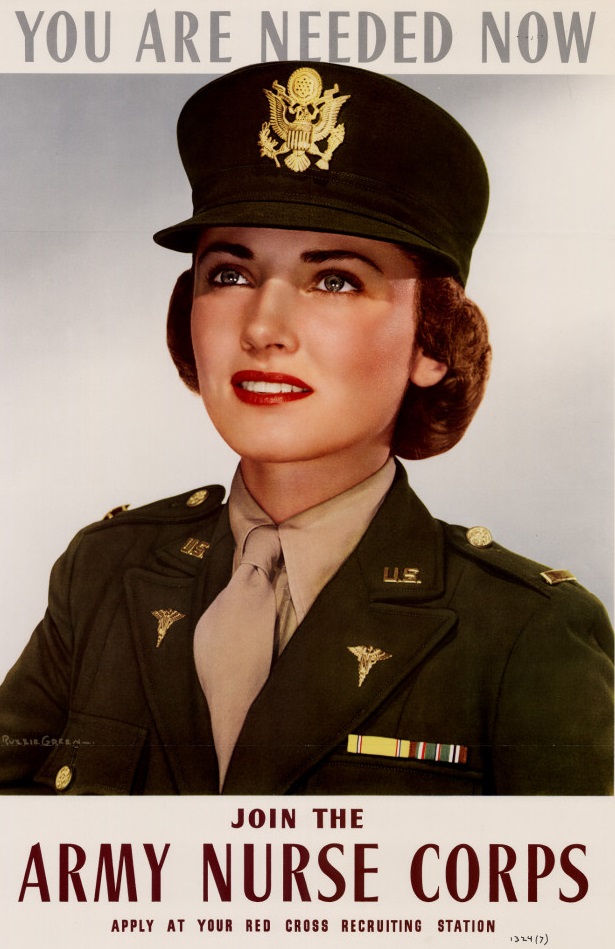
When millions of women entered the workforce during World War II, they gained greater independence and purchasing power and dramatically increased what they spent on cosmetics. Cosmetics advertisements and armed forces recruiting campaigns highlighted women’s support for the war effort and maintaining their feminine identity using makeup. Makeup—especially lipstick—was such a significant part of femininity that the government exempted cosmetics manufacturers from wartime materials-rationing to encourage women to use cosmetics.
Credit: National Museum of American History
1940
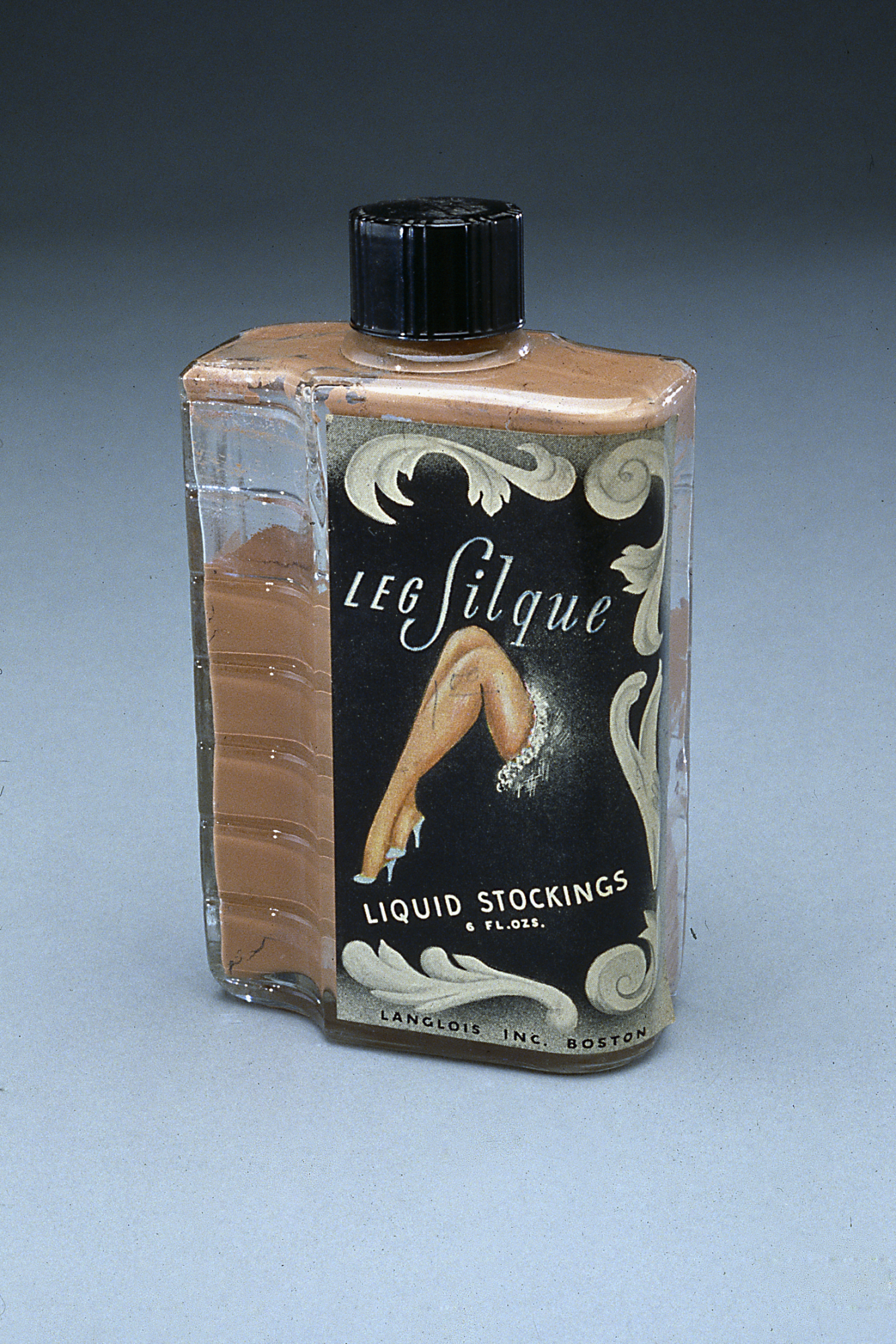
Although leg makeup had been commercially available since the 1920s, it wasn’t until silk and nylon rationing during World War II that the product became an essential commodity for many American women. Some industrious users even drew black lines down the backs of their legs to simulate the seams.
Credit: National Museum of American History
1946
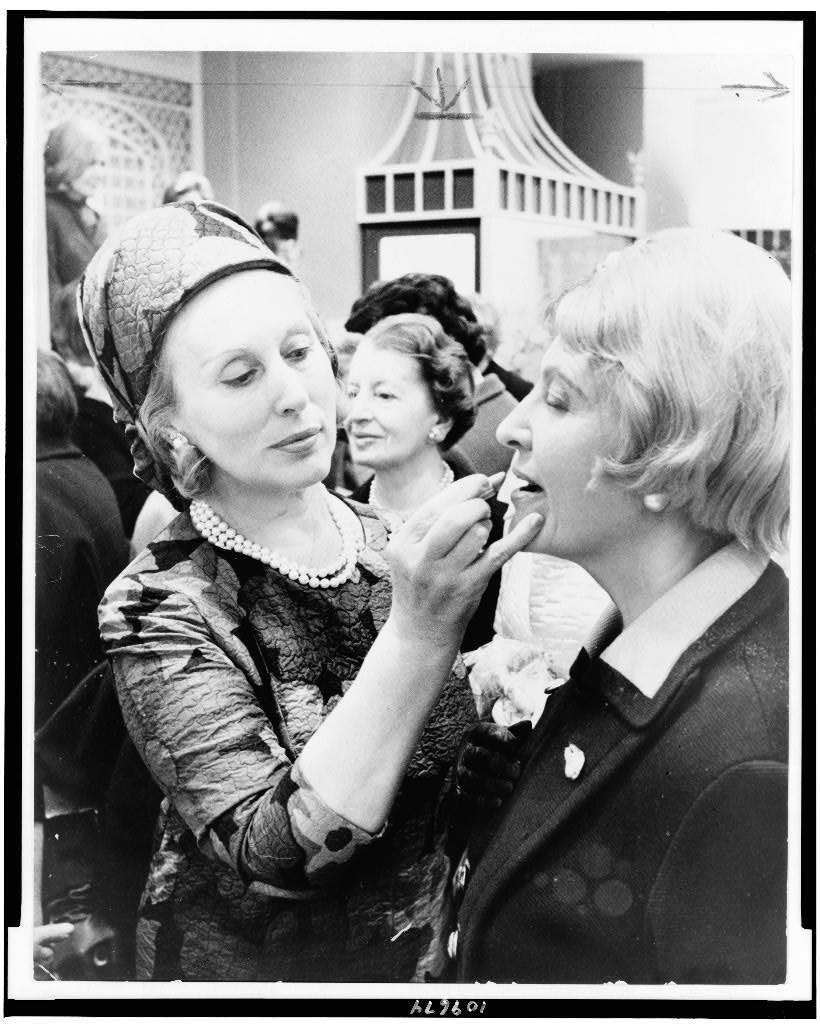
In 1946, Estée Lauder started her own company, Estée Lauder Cosmetics Inc. After years of selling products out of her own home, Lauder struck a deal with Saks Fifth Avenue, where her products sold out in just two days. From there, Lauder started other product lines, including Aramis and Clinique. Lauder’s innovation in products and marketing strategies, such as the “free gift with purchase” helped her become one of the wealthiest self-made women in the world.
Credit: Library of Congress
1971
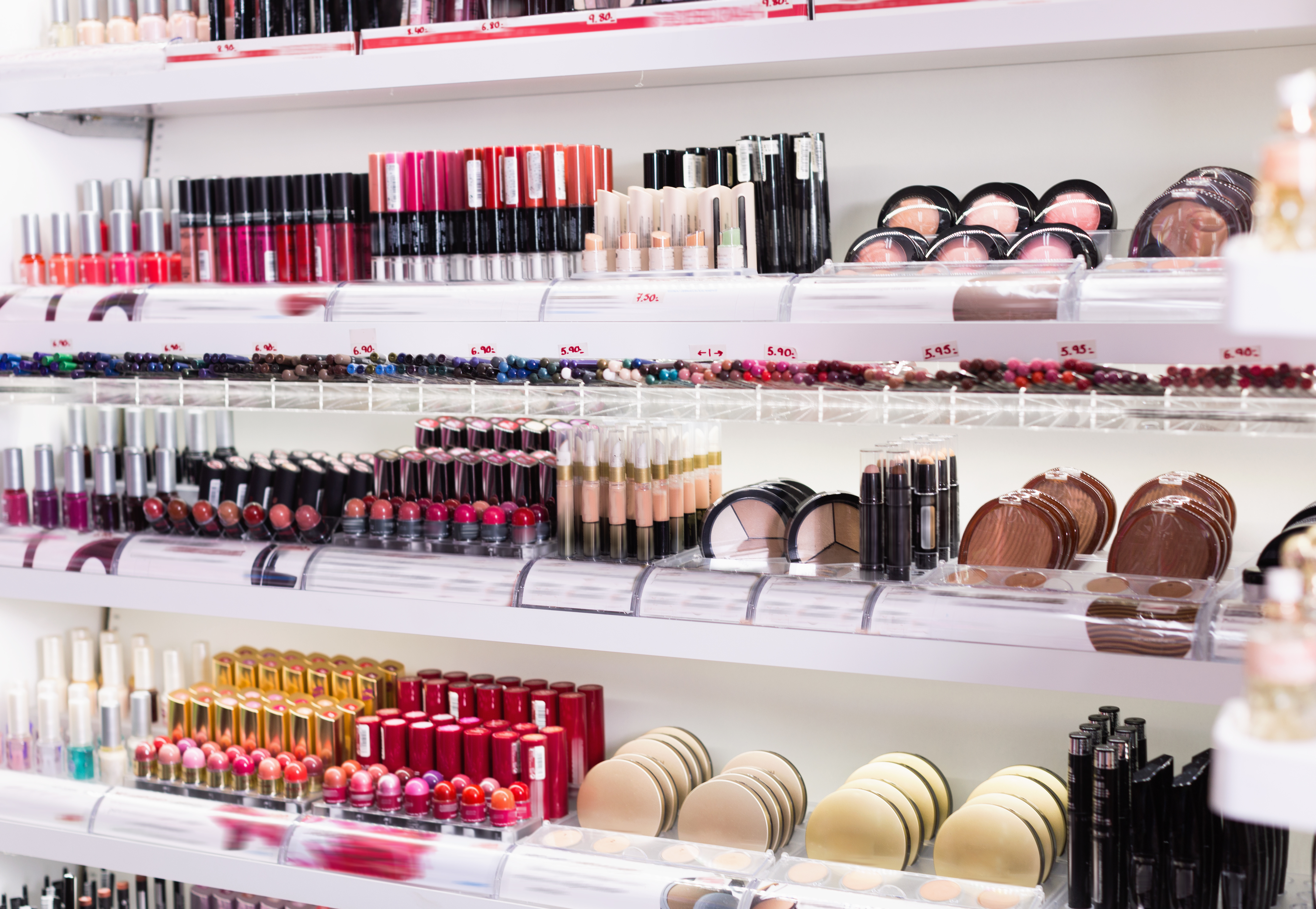
In response to a citizen petition filed by the association, the FDA Office of Colors and Cosmetics established the Voluntary Cosmetic Reporting Program (VCRP) in 1971. The VCRP is an FDA post-market reporting system cosmetic products manufacturers, packers, and distributors use in the United States; it demonstrated the industry’s commitment to cosmetic safety and furthered the safety evaluation of cosmetic ingredients.
1973
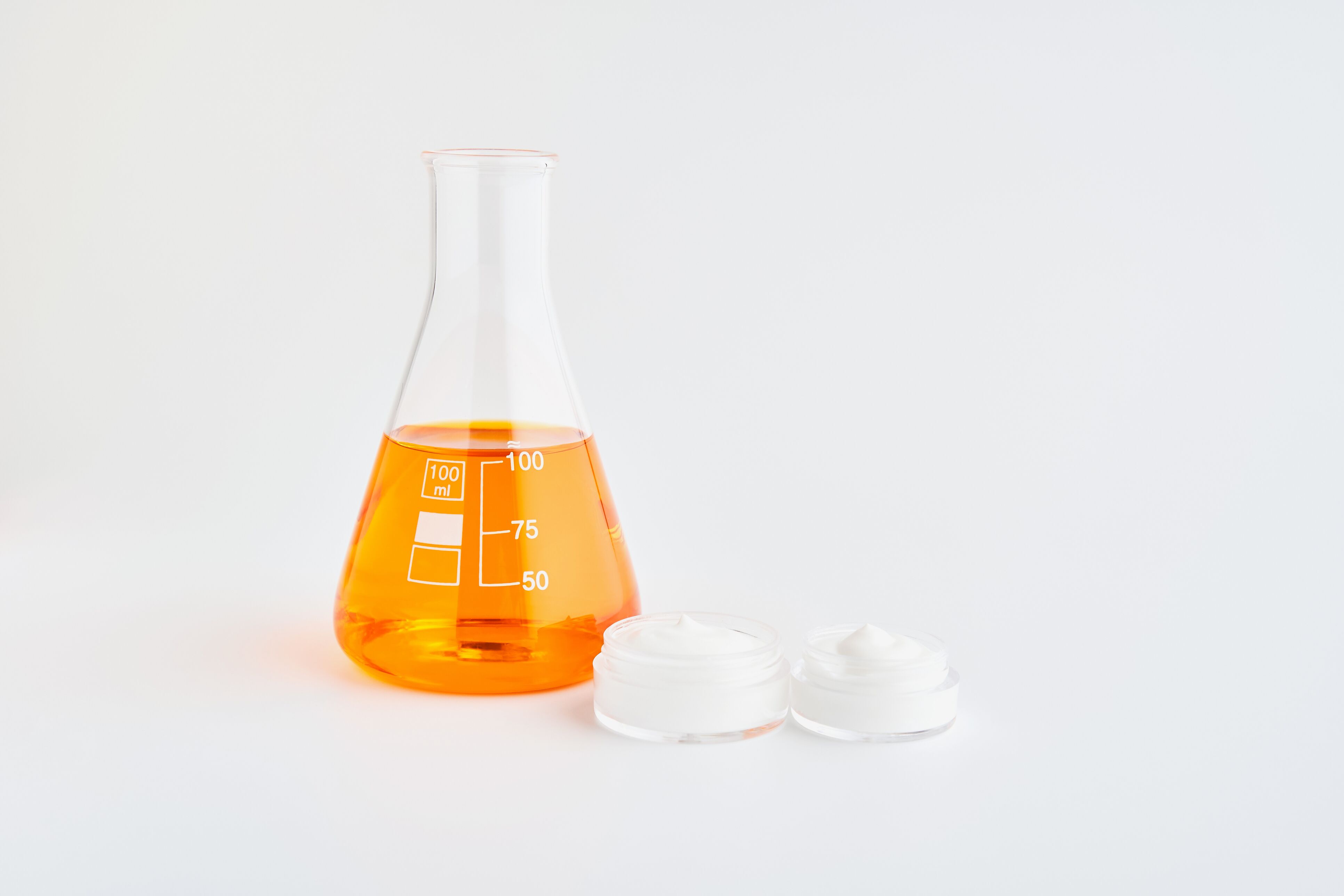
The association established the International Cosmetic Ingredient Nomenclature Committee (INC) – comprised of scientists from industry, academia, regulatory authorities and sister trade associations – to develop and assign uniform names for cosmetic ingredients. “INCI” names are uniform, systematic names internationally recognized to identify cosmetics ingredients that are published biennially in the International Cosmetic Ingredient Dictionary and Handbook.
1976
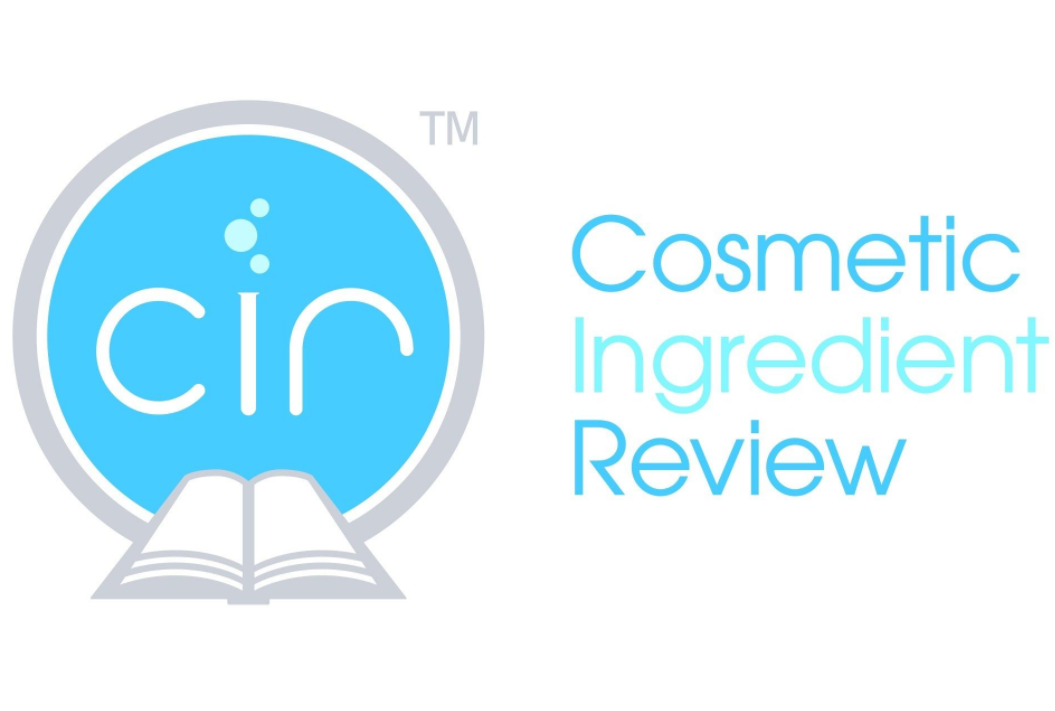
The Cosmetic Ingredient Review (CIR) is created with the goal of bringing together worldwide published and unpublished data on the safety of cosmetics ingredients for review by an independent Expert Panel. Within five years of its founding, CIR had reviewed 216 commonly used ingredients.
CIR continues earn the respect of regulators and consumer groups for its efforts to ensure product safety. Companies recognize that by participating in CIR and pooling safety information on the raw materials used in cosmetics, they can minimize the enormous expense and inefficiency of duplicating safety tests.
1981
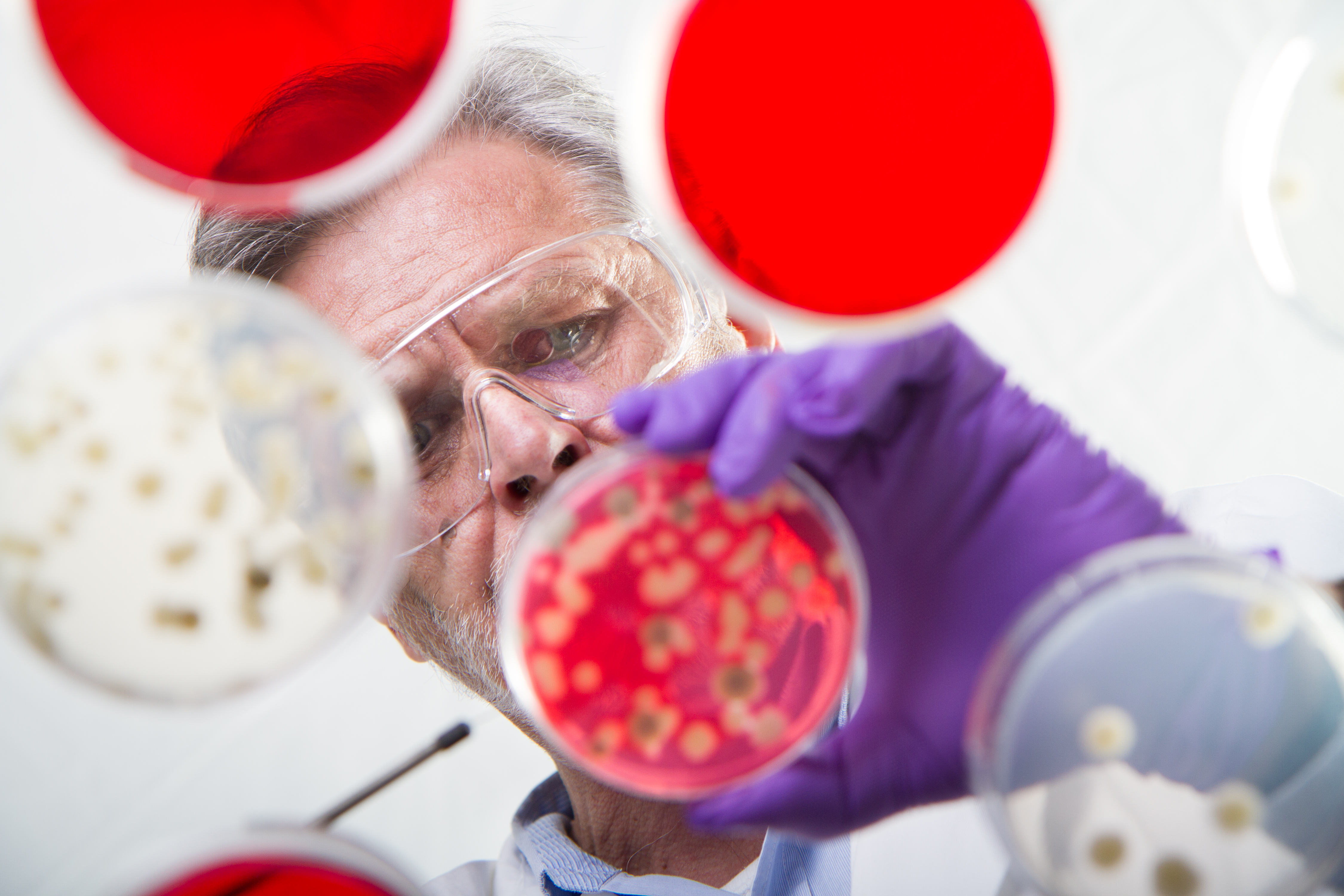
PCPC donated $1 million to fund a national center for the development of alternatives to animal testing – the Johns Hopkins School Center for Alternatives to Animal Testing (CAAT). Its mission is to promote and support research in animal testing alternatives. To date, CAAT has funded approximately 300 grants totaling more than $6 million.
1989
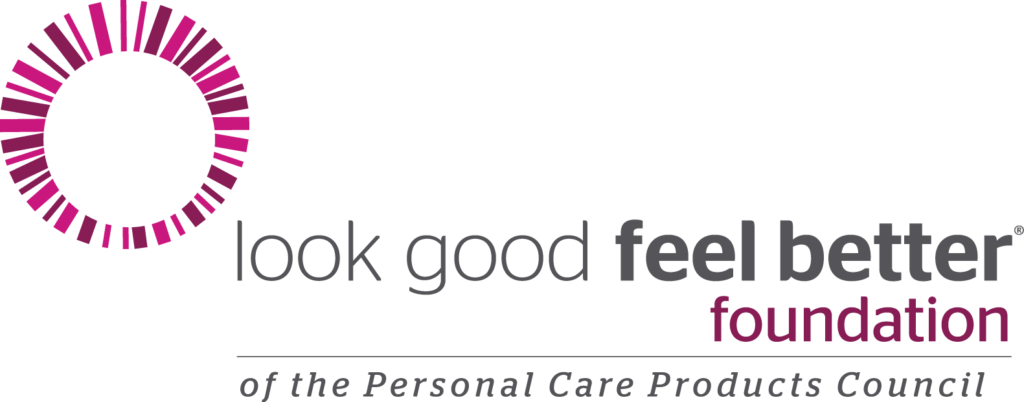
Personal Care Products Council member companies create the Look Good Feel Better (LGFB) Foundation to help women with cancer overcome the appearance-related side effects resulting from chemotherapy and radiation, thereby helping to improve their self-esteem and find some normalcy in a life that is by no means normal. Today, Look Good Feel Better programs are held in every state, the District of Columbia, and Puerto Rico using products donated by member companies. Teen and Spanish programs, self-help mailer kits, online support, and a 24-hour hotline are also offered across the globe.
2007

The association becomes the Personal Care Products Council and launches its science and safety website, cosmeticsinfo.org.
The International Cooperation on Cosmetics Regulation (ICCR) is established, comprised of a voluntary, international group of cosmetics regulatory authorities from Brazil, Canada, the European Union, Japan, and the United States. This group of regulatory authorities meets on an annual basis to discuss common issues on cosmetics safety and regulation.
2019: PCPC Turns 125!

The cosmetics and personal care products industry has a long and established commitment to scientific rigor and consumer safety; everything our industry does is governed by the best science available. For more than a century, the Personal Care Products Council and our member companies have contributed to the nation’s health and well-being and played a critical role in the U.S. economy by supporting millions of domestic jobs, spending billions on research and development to drive innovation, and generating taxes supporting key community services.
Our industry is committed to a healthy future and is addressing sustainability priorities in all aspects of our businesses. We will continue to play a leadership role implementing and supporting sustainable practices in the U.S. and around the world.
Beauty Counts…Time to Vote Industry Pledge
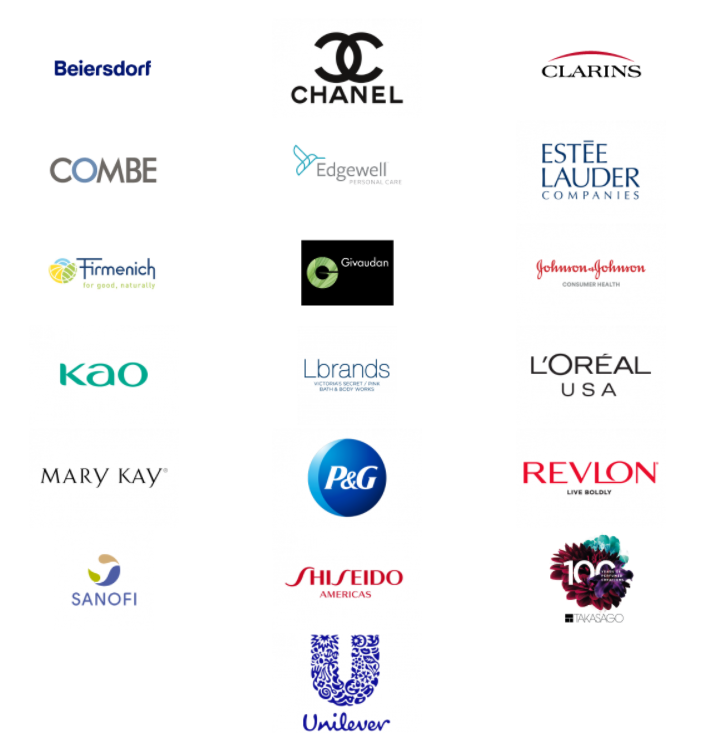
Our country faced a variety of challenges in 2020, but one challenge no one should have to face is exercising their right to vote. The Personal Care Products Council and our member companies joined together for a first-ever industry pledge to provide employees meaningful time off to engage in civic activities around the November general election. Companies signed the “Beauty Counts…Time to Vote” pledge to encourage civic engagement and worked to ensure a safe environment for employees to exercise their right to vote.

